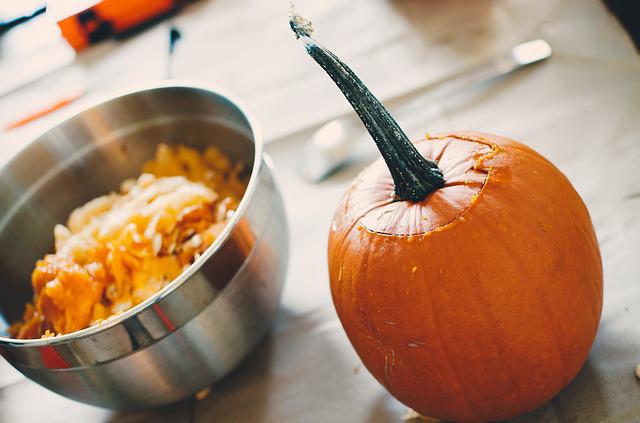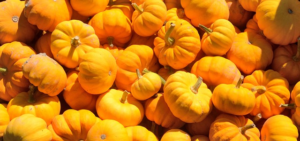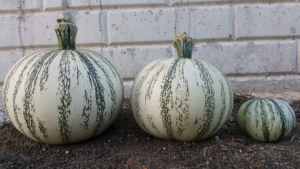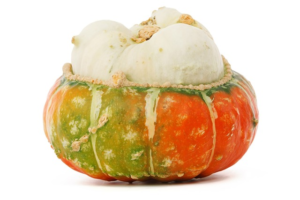
The growing season is in full swing and gardening questions abound! Including questions about pollination and its effects in the vegetable garden, so here is a quick look at pollination and how it will — or won’t — affect the plants in your garden.
Can pumpkins be planted near cucumbers, or will they cross pollinate and cause problems with this summer’s fruits? Each summer, Extension offices receive calls from clientele wondering if their plants have crossed with something else to create a weird hybrid. In this particular instance, the answers are “yes” and “no.”
What is pollination?
Pollination occurs when a grain of pollen, containing one-half the genetic material needed to create a new seed, is transferred to a flower’s ovule, the egg-containing part of a flower, which provides the second half of DNA required for a viable seed to form. Pollen is the contribution of the male parent and the female parent provides the ovule.
Self-pollinated crops, such as beans and peas, have evolved strategies to ensure self-fertilization. Often their flower structure prevents the easy movement of pollen outside the flower, or flowers may be pollinated before they even open! Self-pollination often results in plant lines with very consistent DNA, which ensures new plants grown from saving seed will be almost identical to the parent plants.
People are also reading…
Cross-pollination occurs when pollen from one plant fertilizes the ovules of another plant. Some plants cannot set viable seed without cross pollination, as is the case with broccoli and many apple cultivars.
Cross-pollination happens through the actions of pollinators, such as insects and other animals, or by wind blowing pollen from plant to plant. In the home vegetable garden, tomato, watermelon and cucumbers are cross-pollinated by insects, and sweet corn is wind pollinated.
Which plants can cross-pollinate?
With very few exceptions, only plants within the same genus can cross-pollinate. Within the Cucurbita genus, only plants of the same species can cross-pollinate. Pumpkins are in the genus “Cucurbita” and the species “pepo,” while cucumbers are in the “Cucumis” genus and “sativus” species.
As you can see below, pumpkins and cucumbers are not in the same genus, so they cannot cross-pollinate. That means they can be planted right next to each other, and gardeners will see no strange effects in the fruits. However, pumpkins and some types of squash can cross-pollinate because they are in the same species.
• Cucurbita pepo — summer squash (both zucchini and yellow summer squash); acorn, Delicata, patty pan and spaghetti squash; pumpkins and gourds are all in the same species.
• Cucurbita maxima — winter squash, such as buttercup, banana, Hubbard and turban squash
• Cucurbita moschata — winter squash, such as …….






